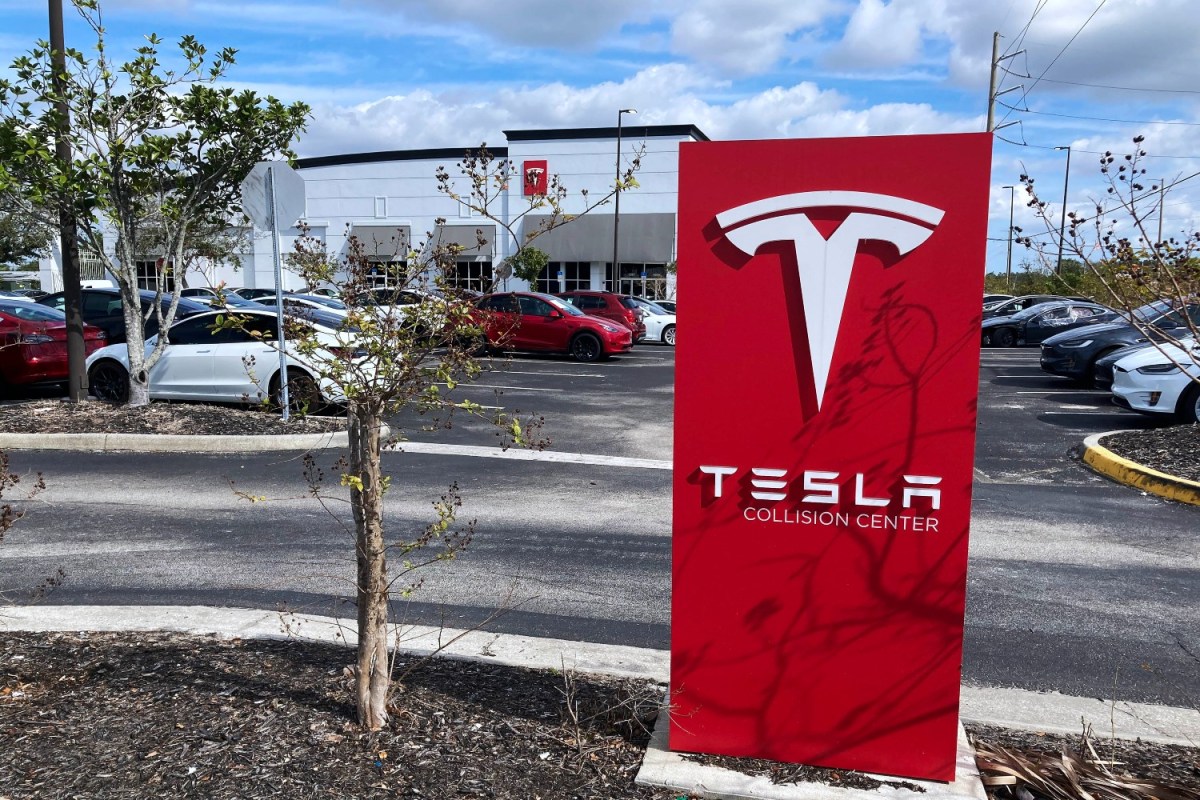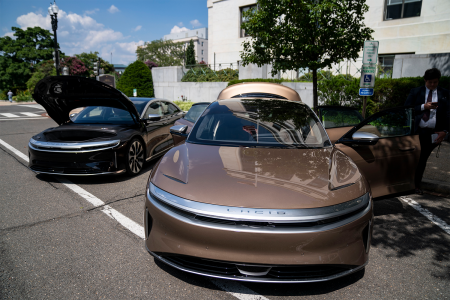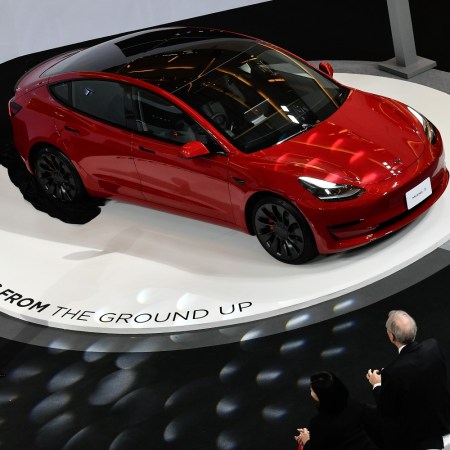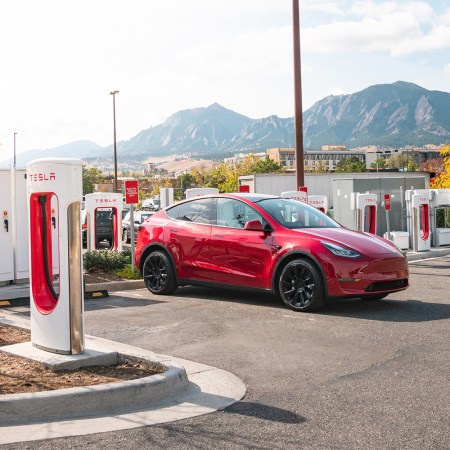Last week, Reuters reported that Tesla had raised the prices of its Model S and Model X electric vehicles after six consecutive price cuts. The cumulative effect means that buying a Tesla is still less expensive than it was when 2023 began — with the prices of some being nearly a quarter less than they were at the start of the year. Tesla’s price cuts have also brought down the cost of the Model 3 and the Model Y — and when you factor in the tax credits it’s eligible for, that might make the Model 3 even more enticing to many car buyers.
As some analysts have observed, this represents a shift away from targeting luxury auto buyers as opposed to a wider swath of the auto-buying public. A recent article from Bloomberg (via Autoblog) cites industry experts on the potential repercussions of Tesla’s shifts in pricing.
“Tesla is not only sacrificing its EV margins to achieve its volume ambitions,” Bernstein analyst Daniel Roeska told Bloomberg. “To some extent, it is also placing the goodwill and brand equity that it has built up on the altar too.”
Bloomberg‘s analysis goes on to cite Ford’s recent EV price cuts as a response to Tesla’s manueverings.
For Some Newfangled EV Owners, $100K Price Doesn’t Preclude Headaches
“Autoweek” reports “serious problems” for certain Lucid and Rivian driversIn a broader sense, the analysis suggests that Tesla is looking to compete with the likes of Ford moving forward, rather than seeing themselves more as a direct competitor to Mercedes. There are plenty of questions that remain, including whether or not they can pull it off and what the larger effects might be in the automotive world. But it does seem like the industry is in the midst of a sea change right now — one where the outcome has yet to be determined.
Thanks for reading InsideHook. Sign up for our daily newsletter and be in the know.


















